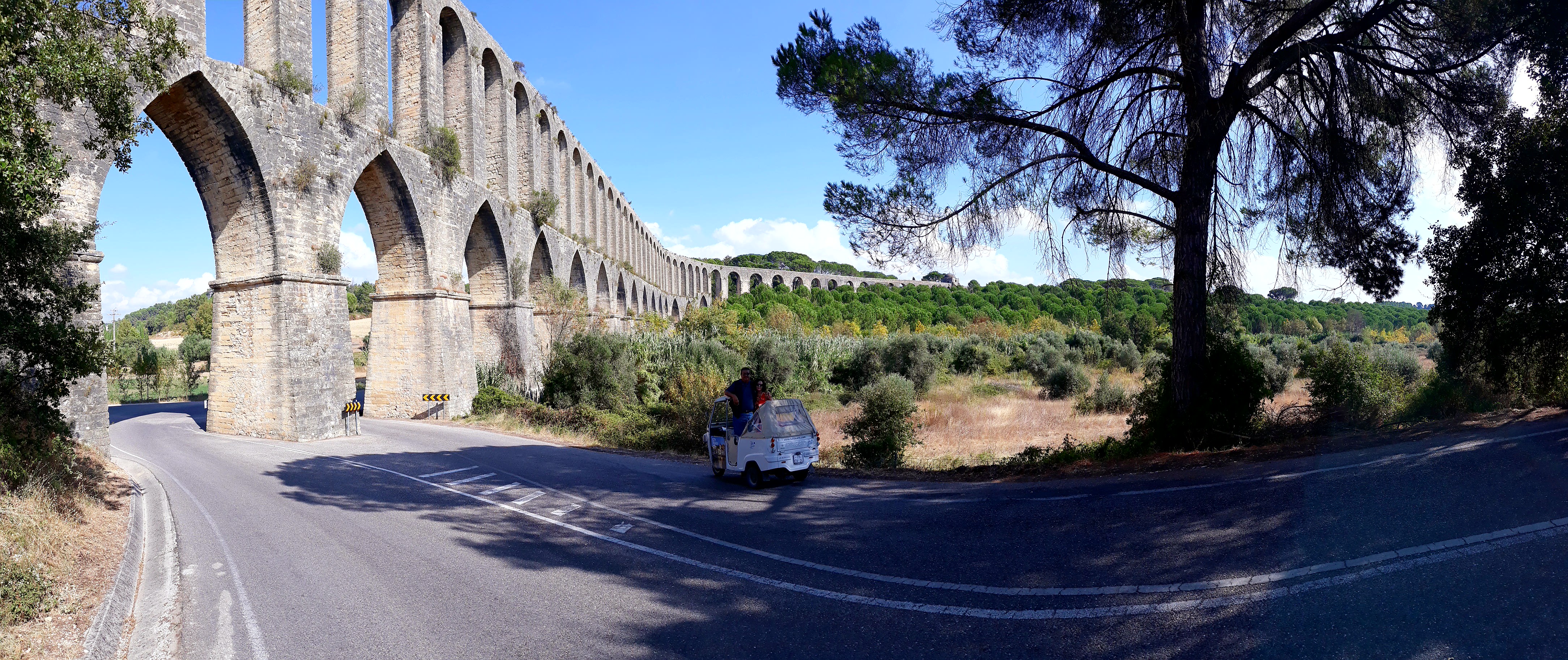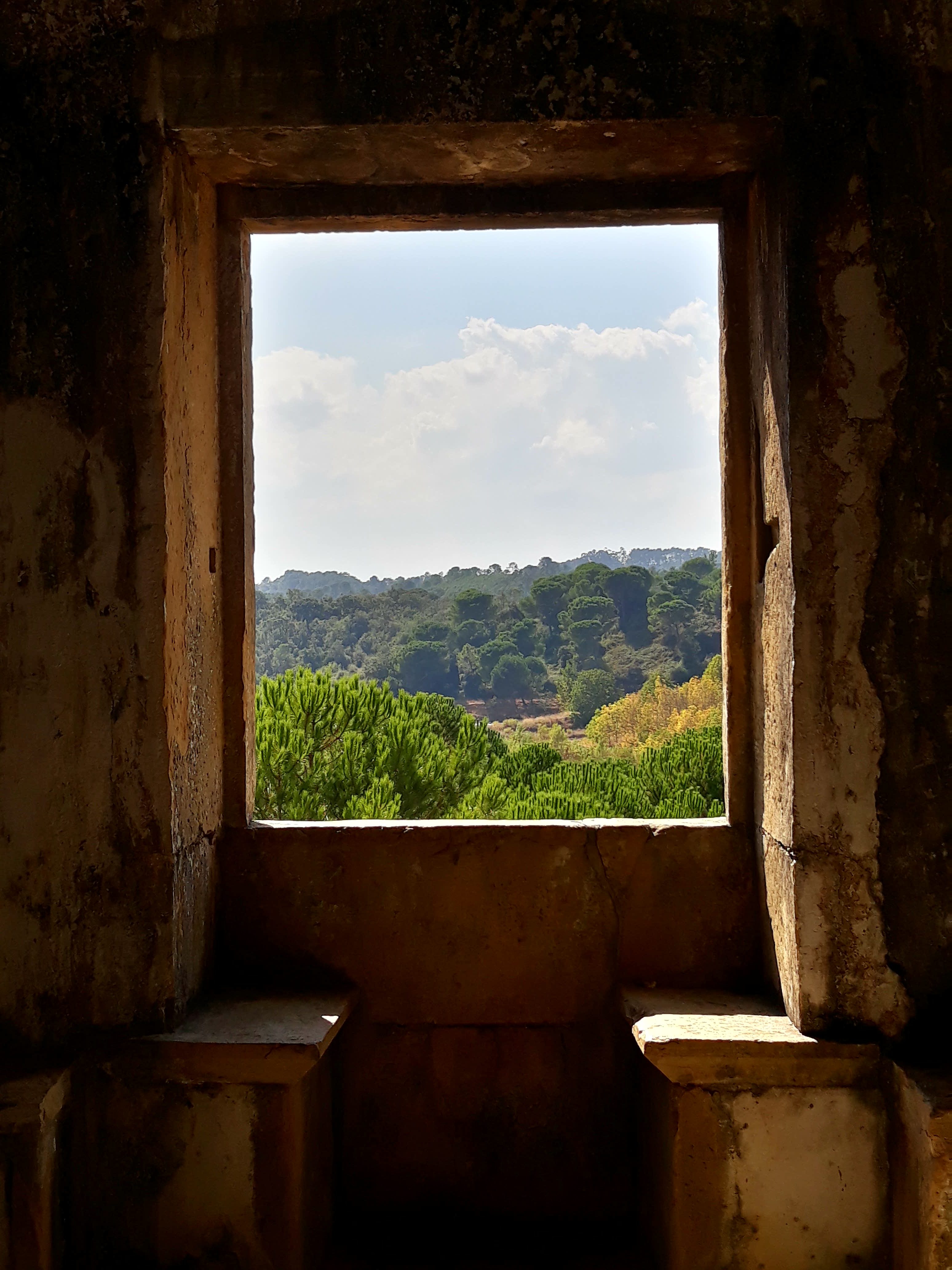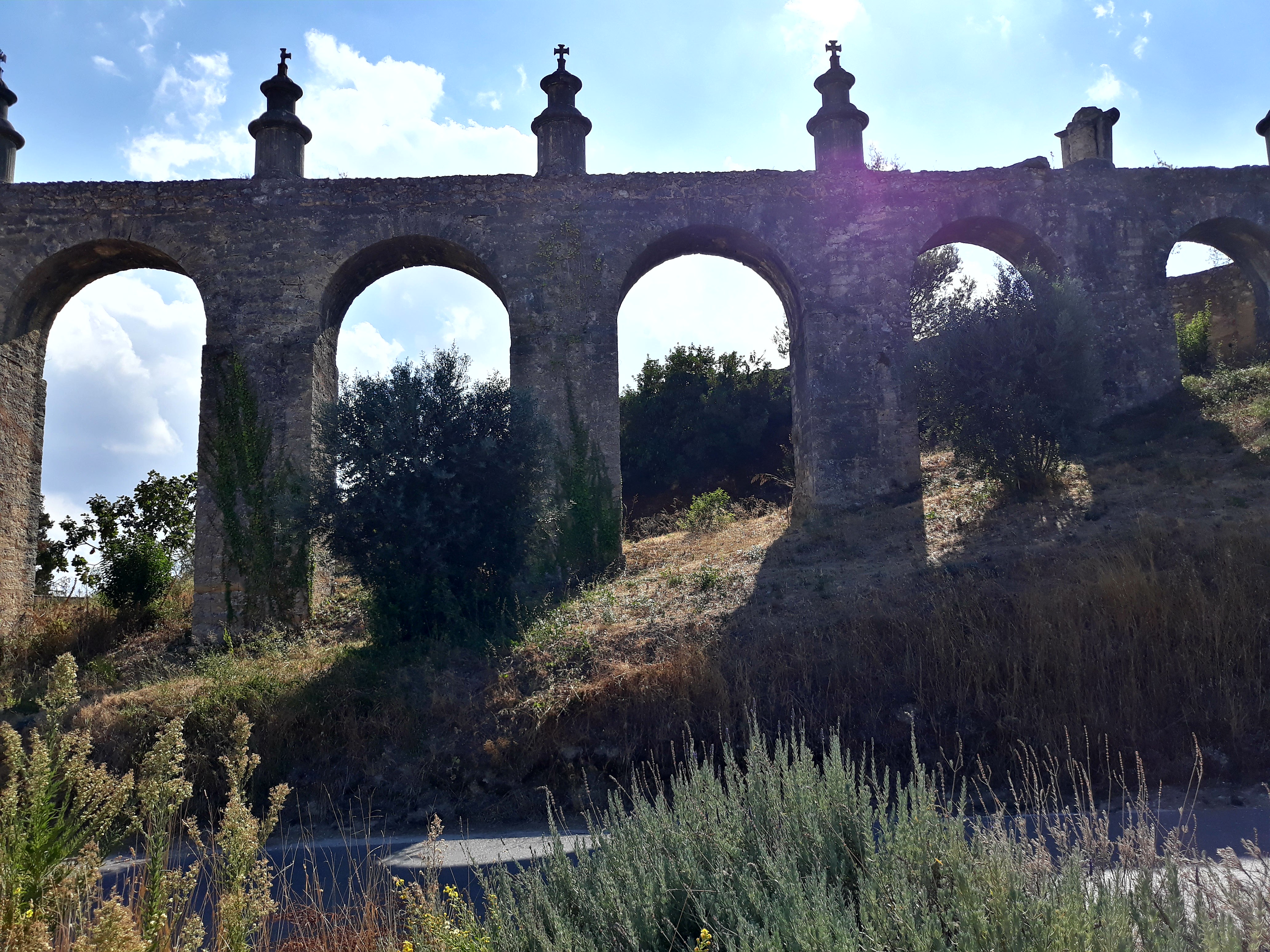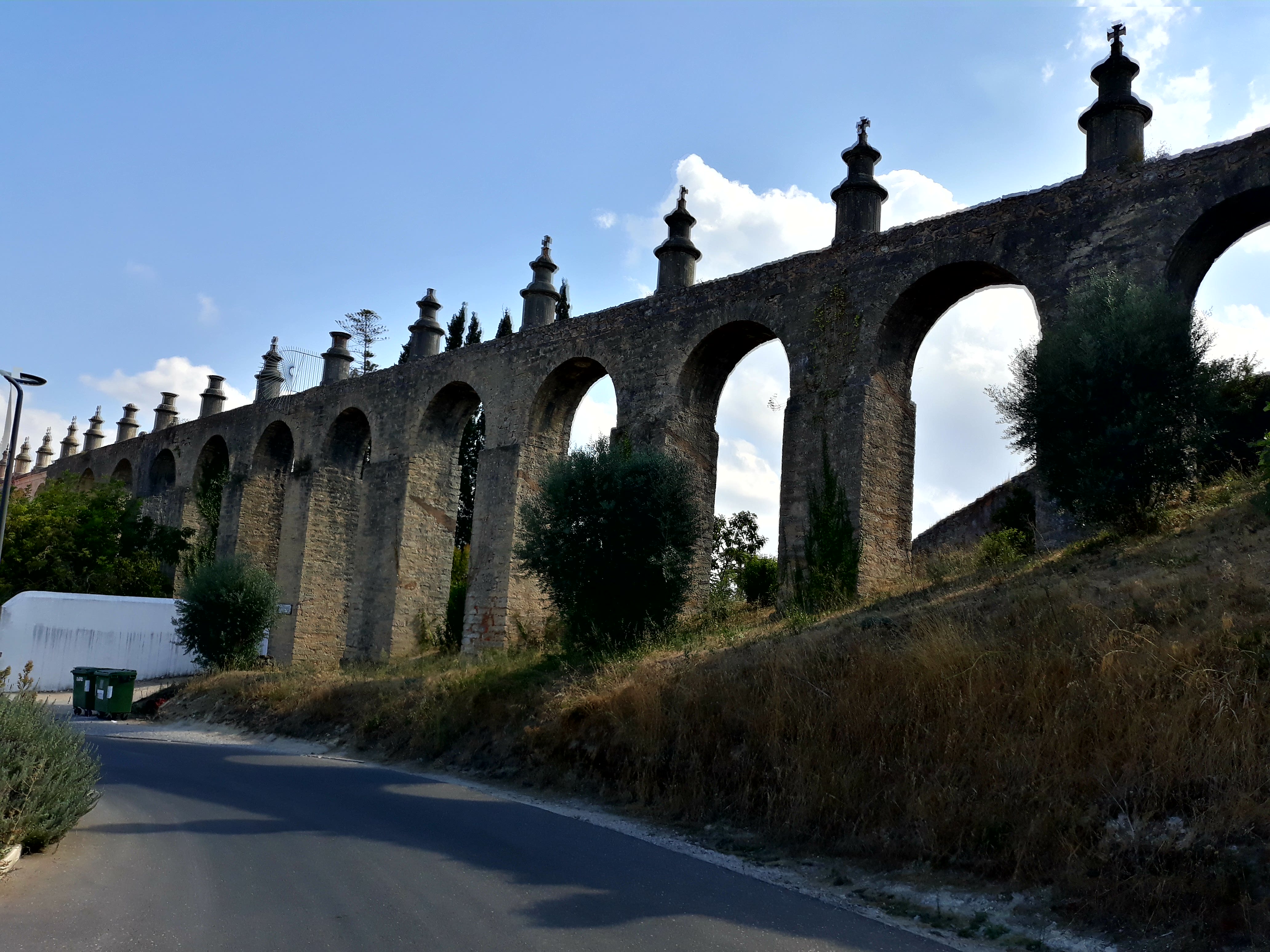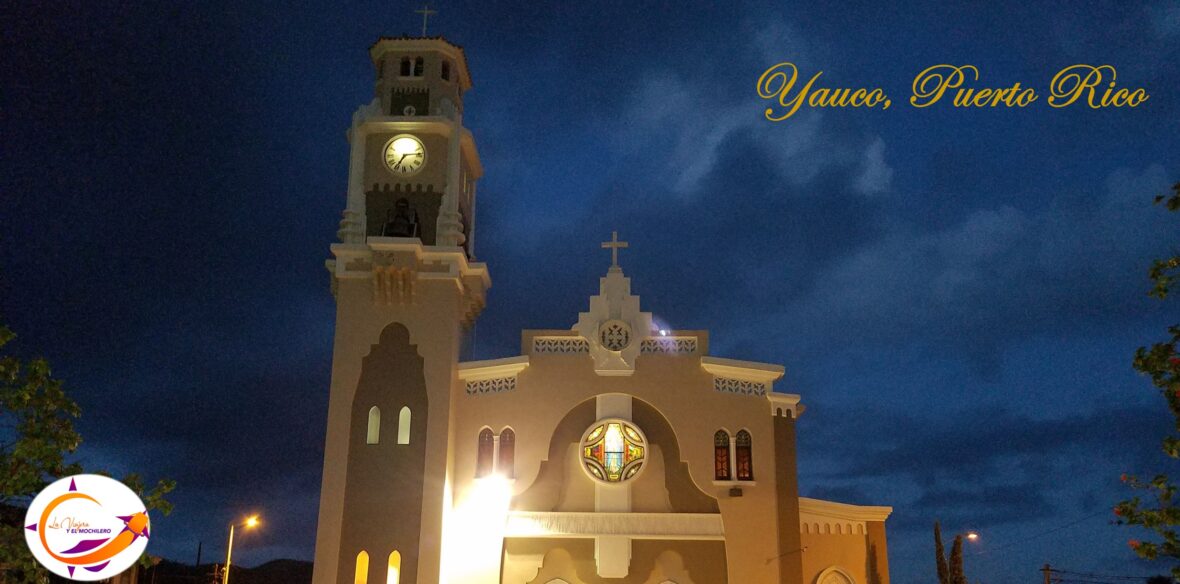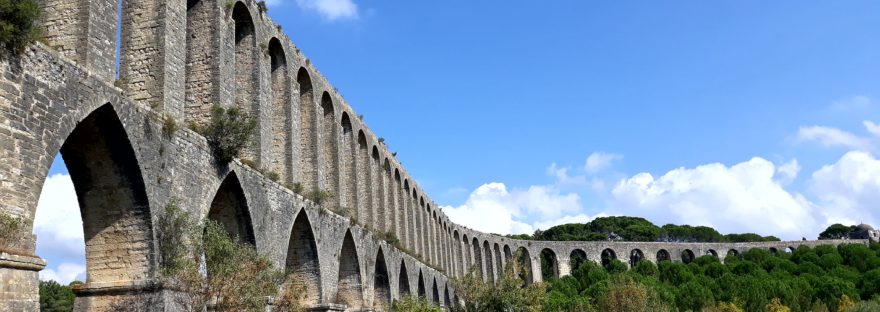 In Tomar, Portugal, we had the opportunity to visit the Pegões Aqueduct in a “Tuc Tuc” with our guide Ricardo. It was a big surprise for us and we can even say that it was an adventure.
In Tomar, Portugal, we had the opportunity to visit the Pegões Aqueduct in a “Tuc Tuc” with our guide Ricardo. It was a big surprise for us and we can even say that it was an adventure.

The information that Ricardo shared with us was very interesting making us understand and appreciate much more the importance that this aqueduct had in terms of design and engineering.
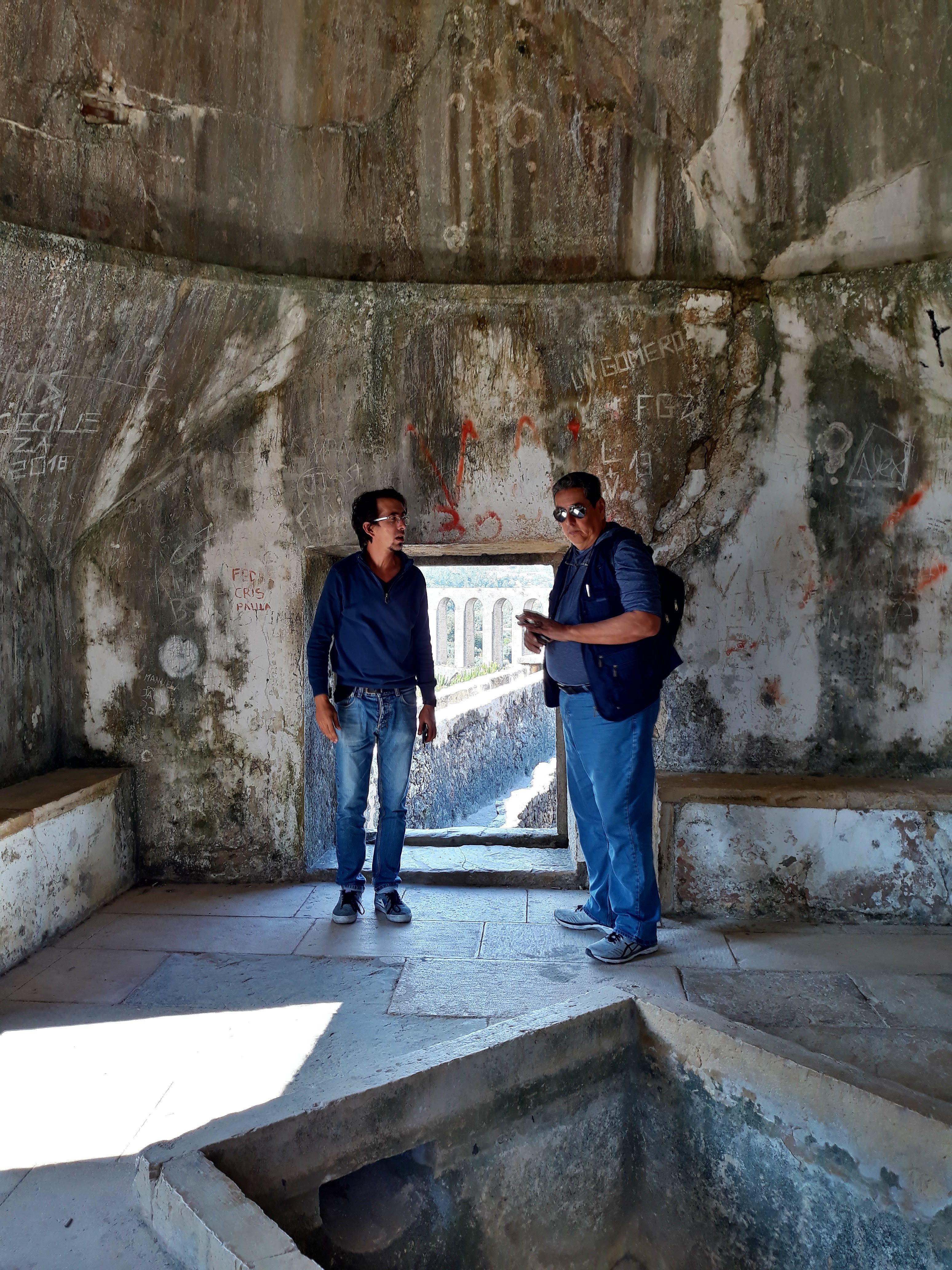
In order to supply water to the Convent of Christ in Tomar, in 1593, during the reign of Philip I of Portugal, construction of this aqueduct was begun under the direction of Filippo Terzi, Italian engineer and architect of the King. The work was completed in 1614 by Pedro Fernando de Torres.
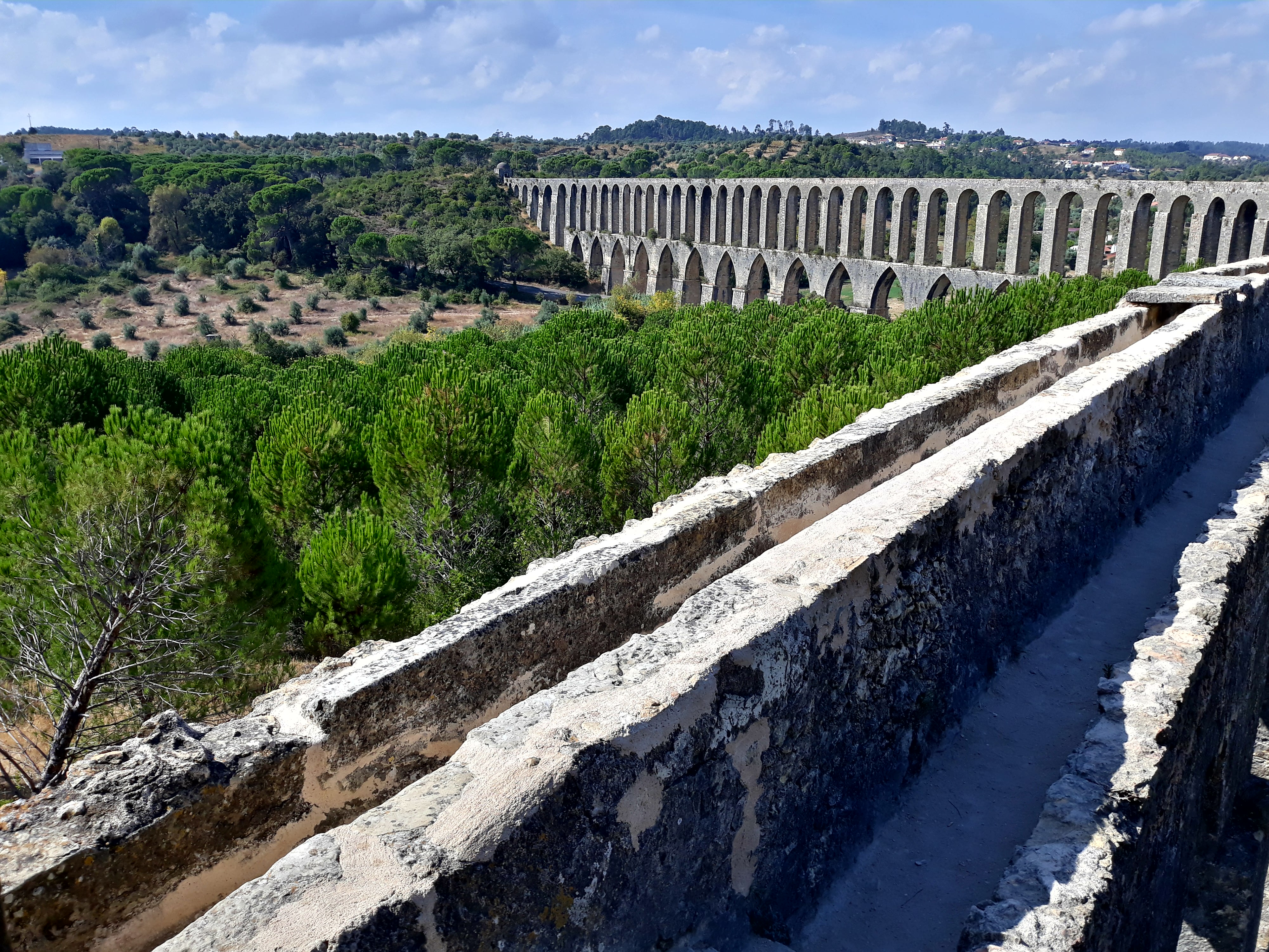
This system covers over 6 kilometers and has 180 arcs. Comprised of a simple arcade and by two rows of overlapping arches. In the areas of greatest decline they reach a height of 30 meters (about 98 feet).

The design of this aqueduct has semicircular arches (Roman style) and pointed arches, characteristic of Muslim architecture. The use of the pointed arches serve as support, giving more strength and stability to the structure.
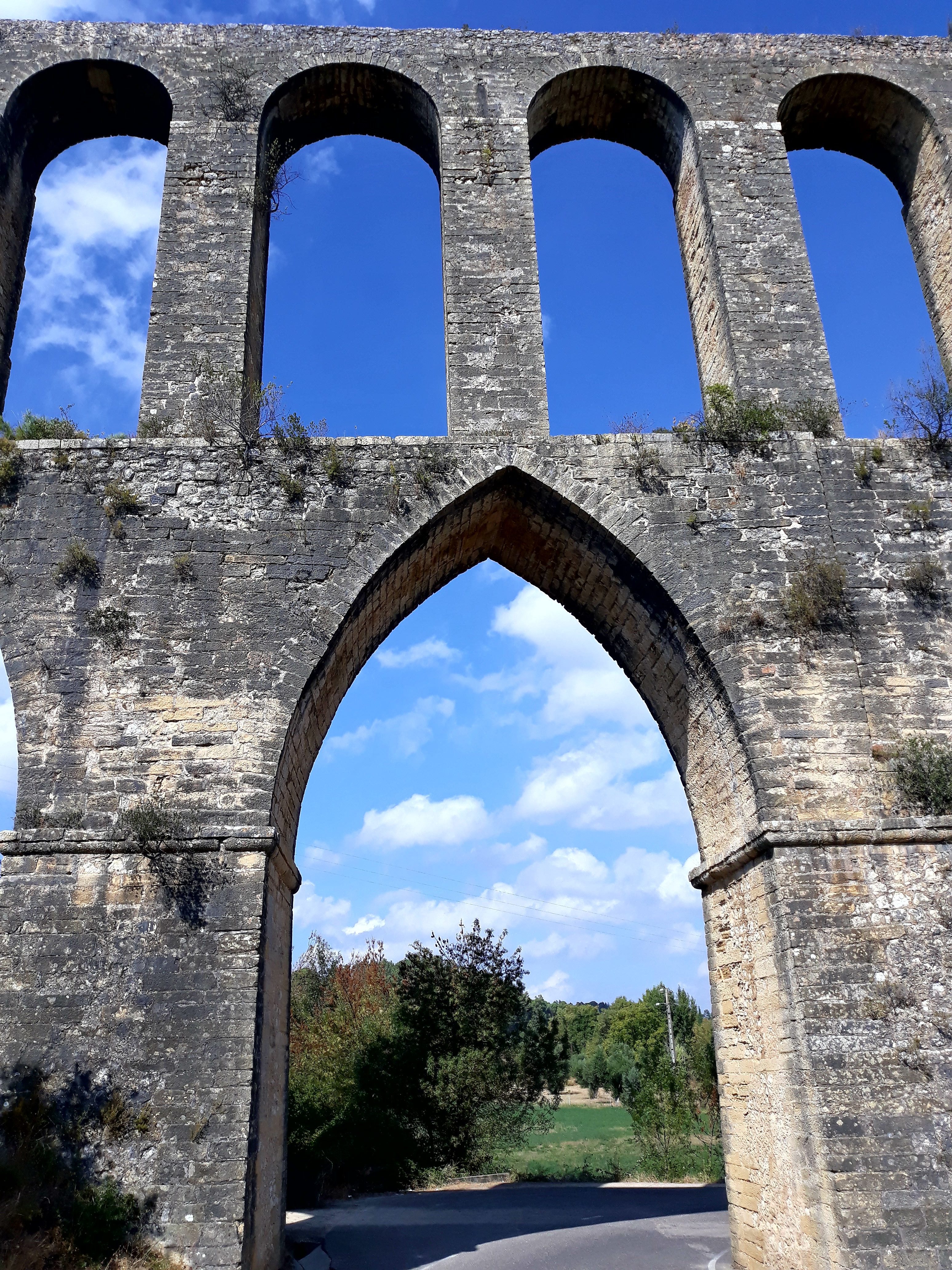
In addition, the system has two vaulted buildings with a central stack for decanting water at both ends.
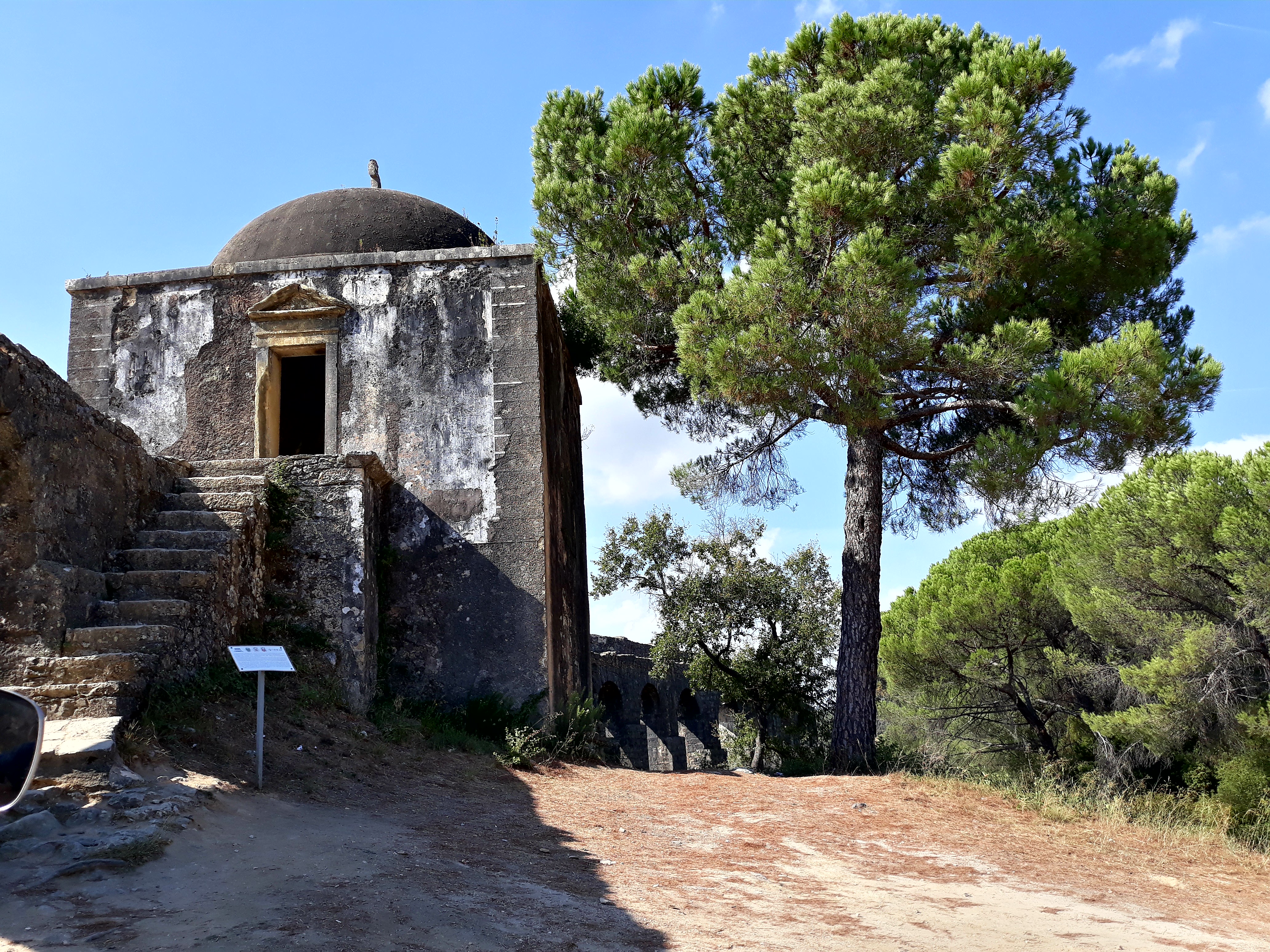
This process separates the solids from the liquid.
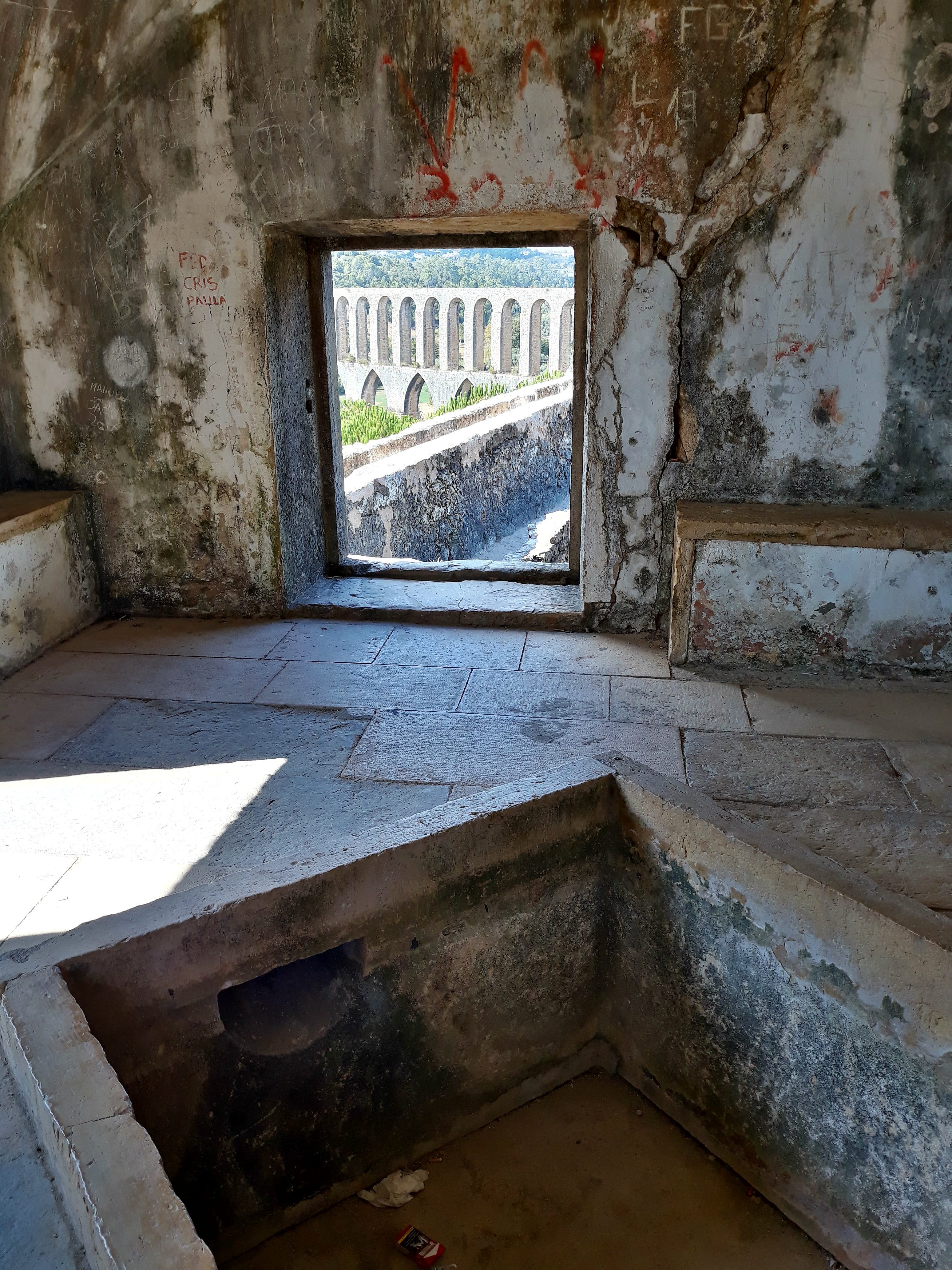
The snake-style design (wavy) helps control the speed with which water travels through the aqueduct.
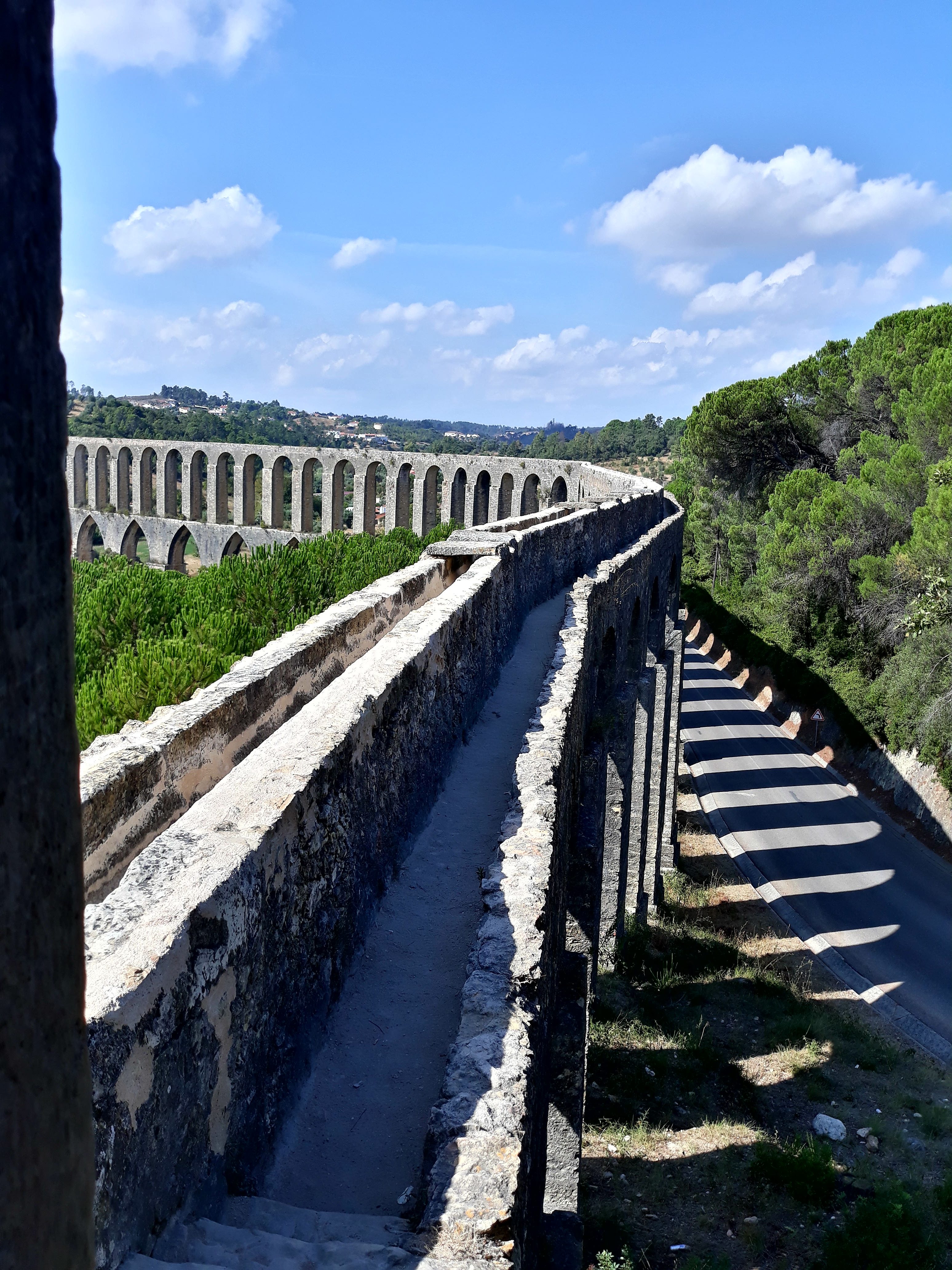
The aqueduct is nourished by four springs from the village of Pegões of the Setúbal district of Portugal, located south of Tomar, and east of Lisbon.
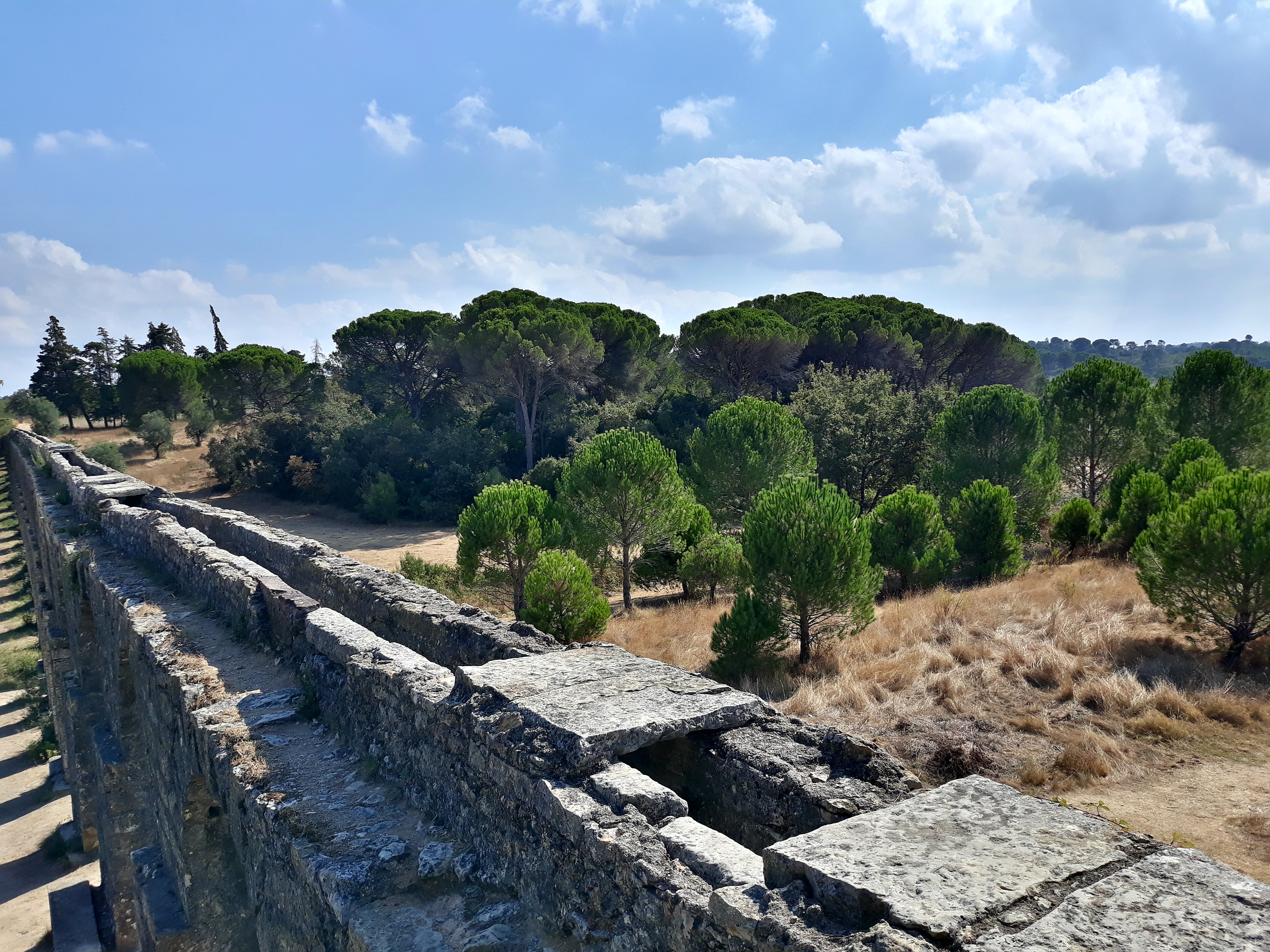
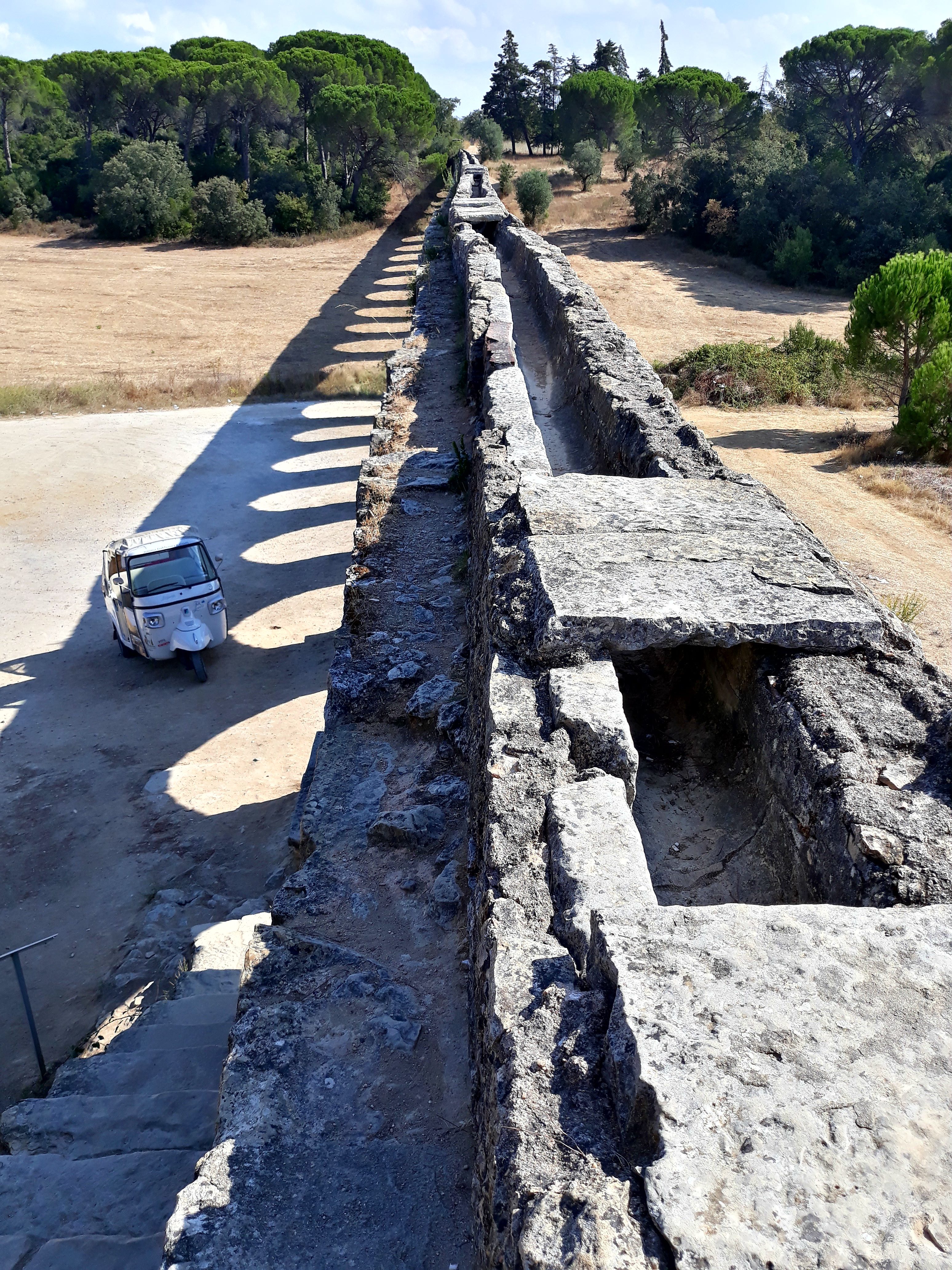
This is an experience that we shall always remember, the Pegões Aqueduct, the “Tuc Tuc” and us in that beautiful landscape of Tomar.
